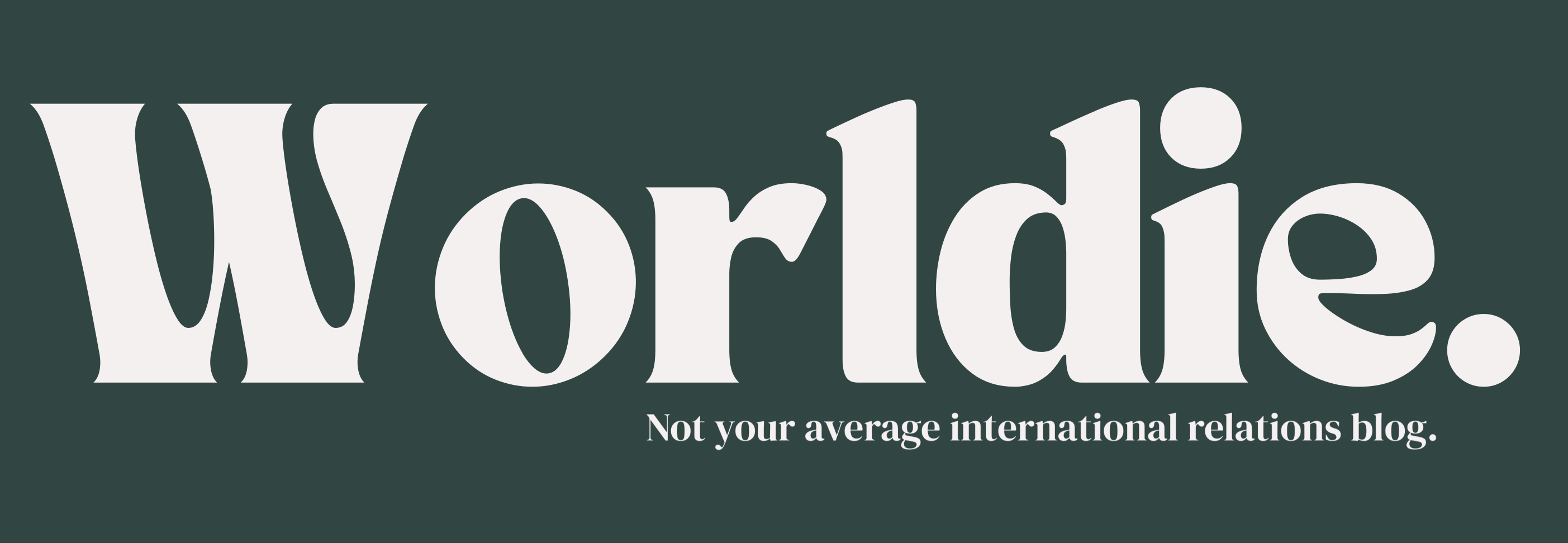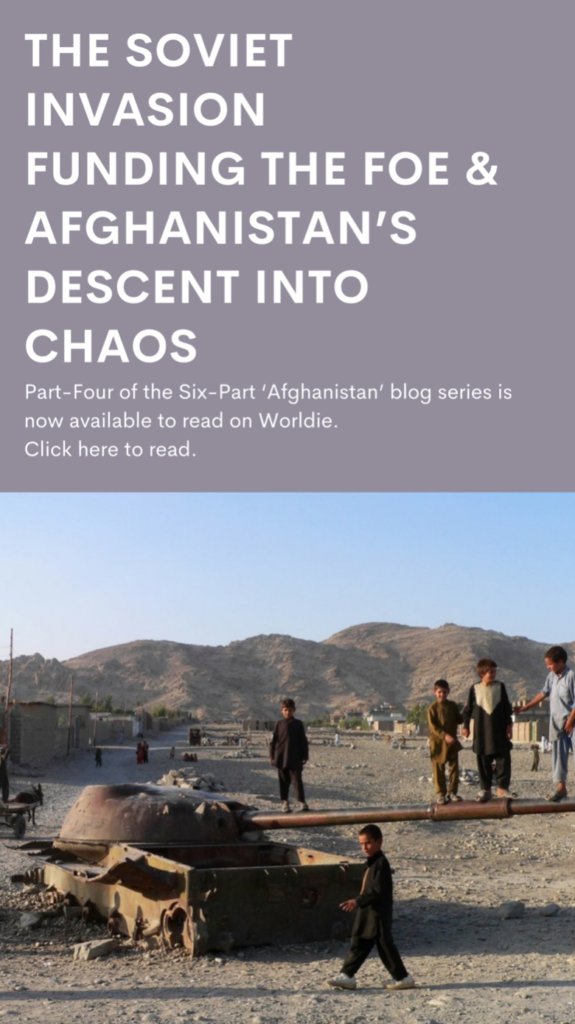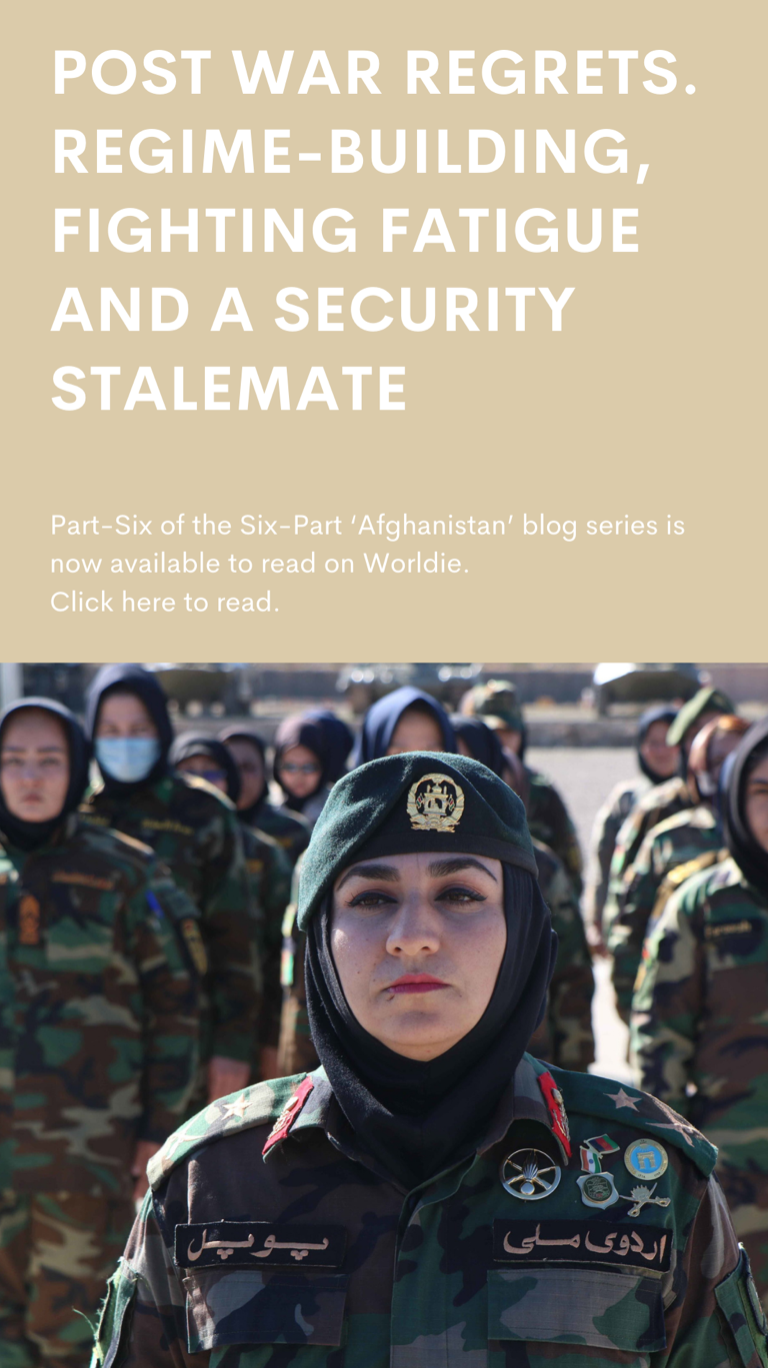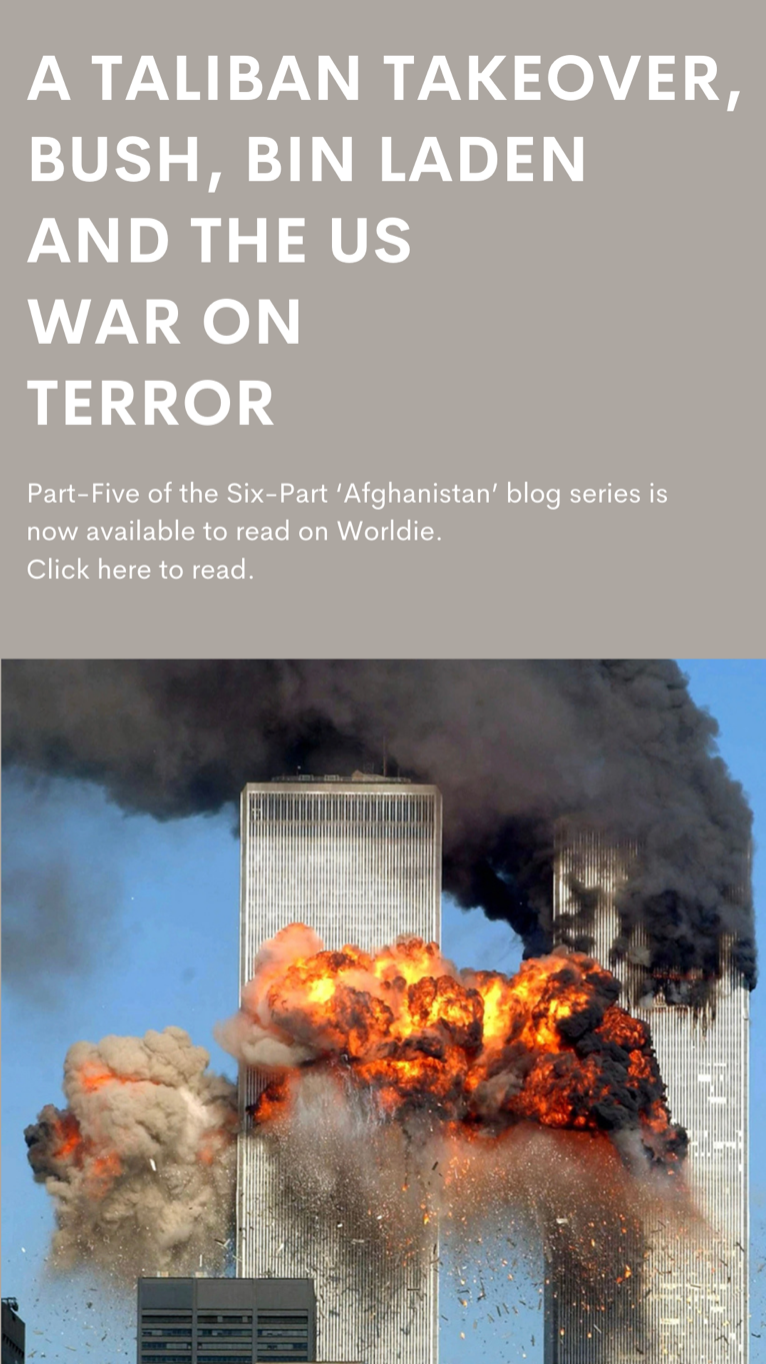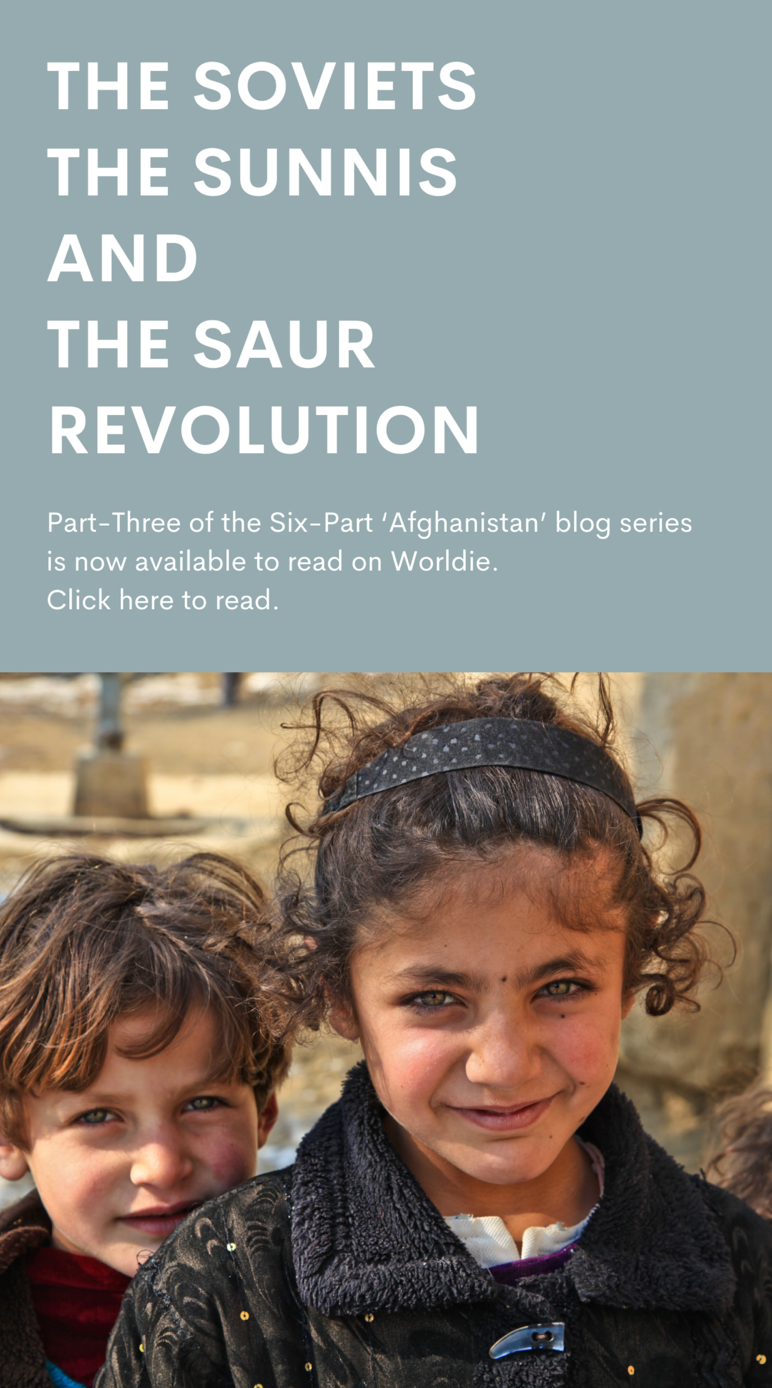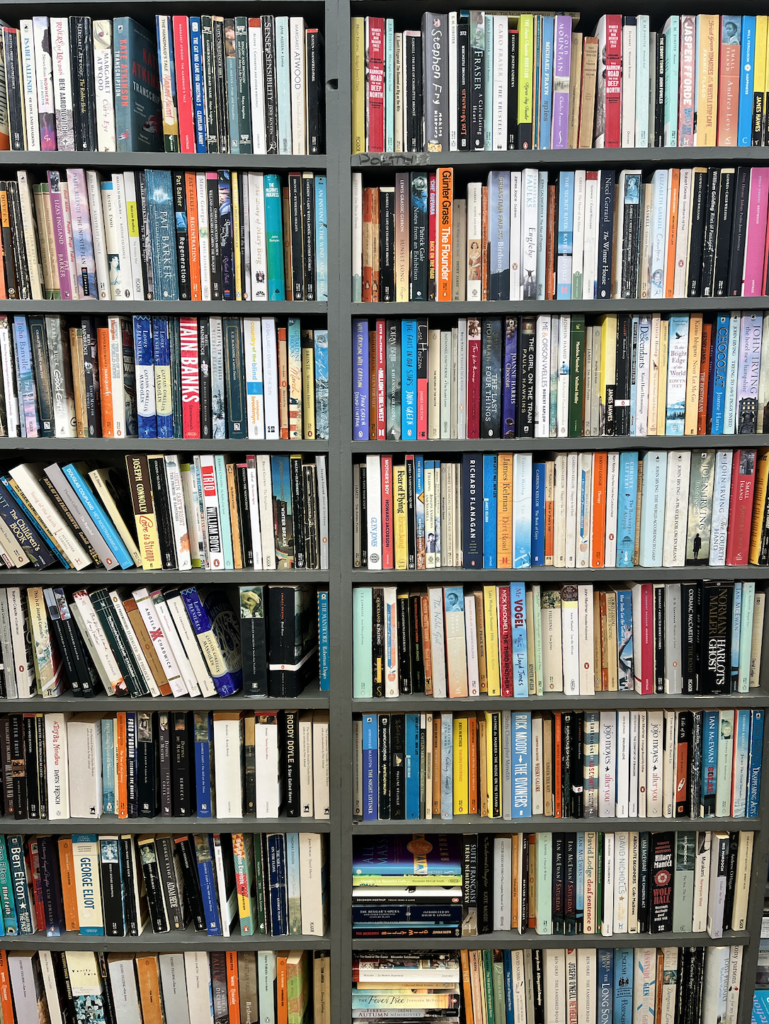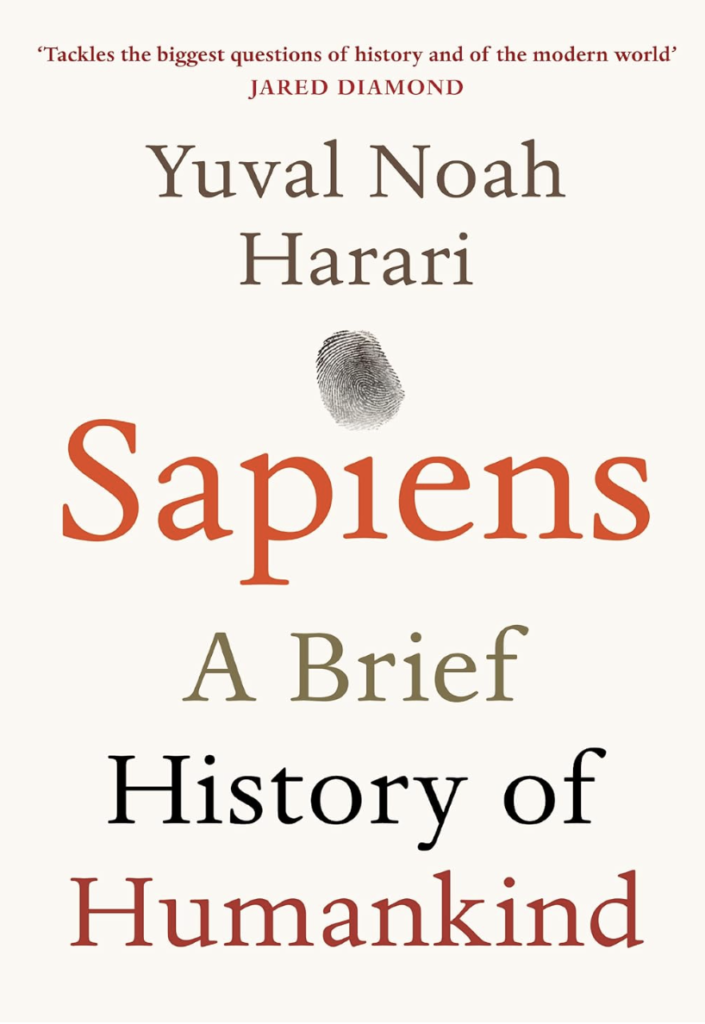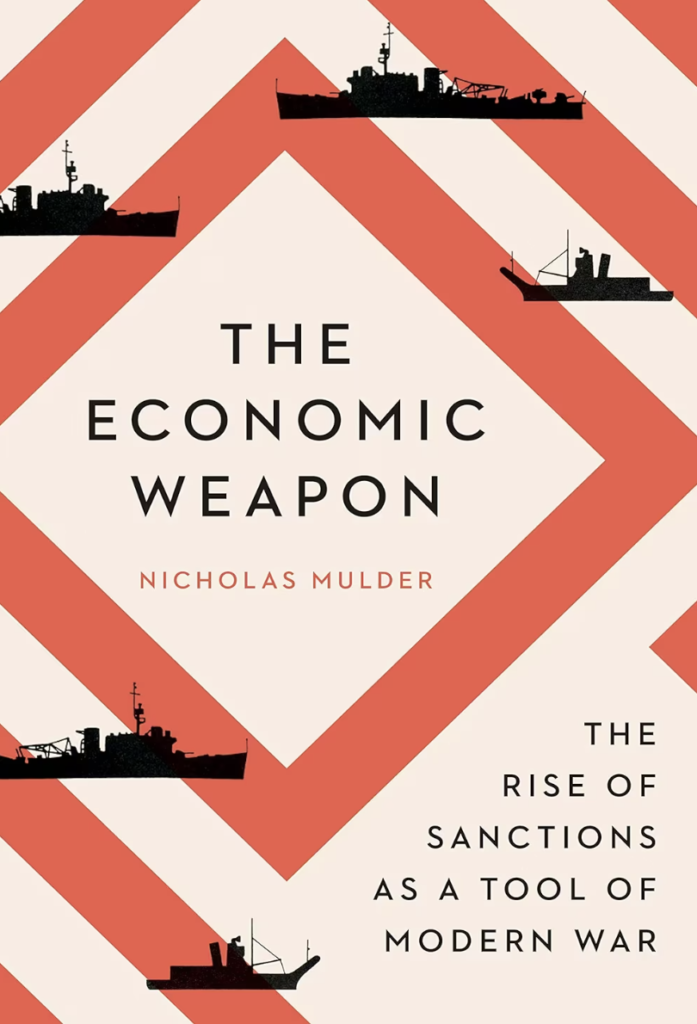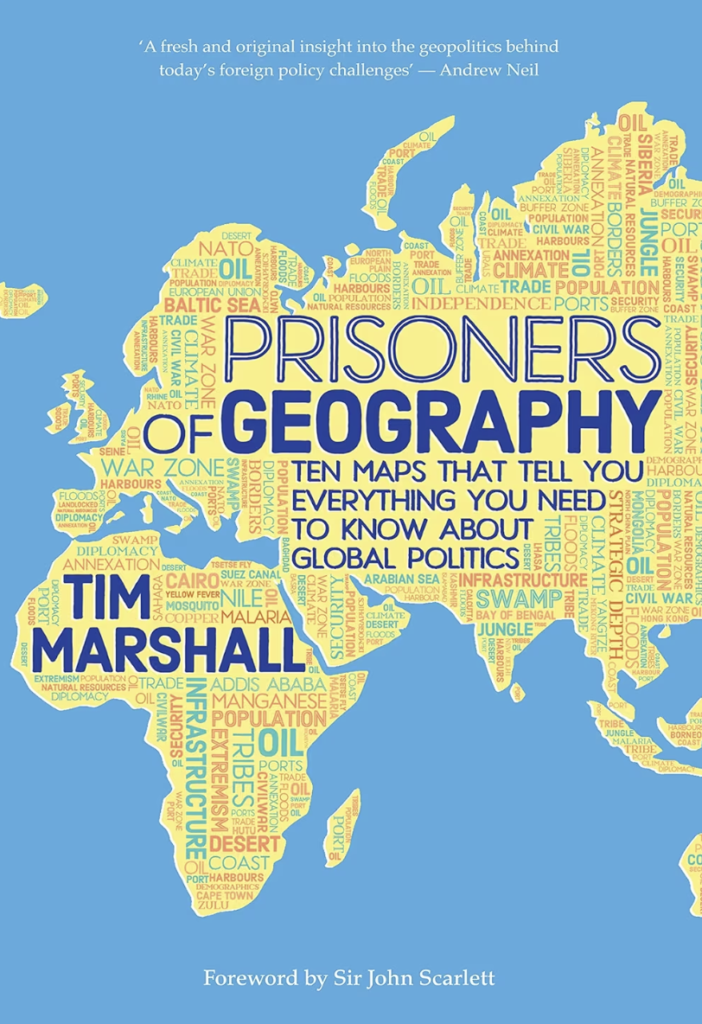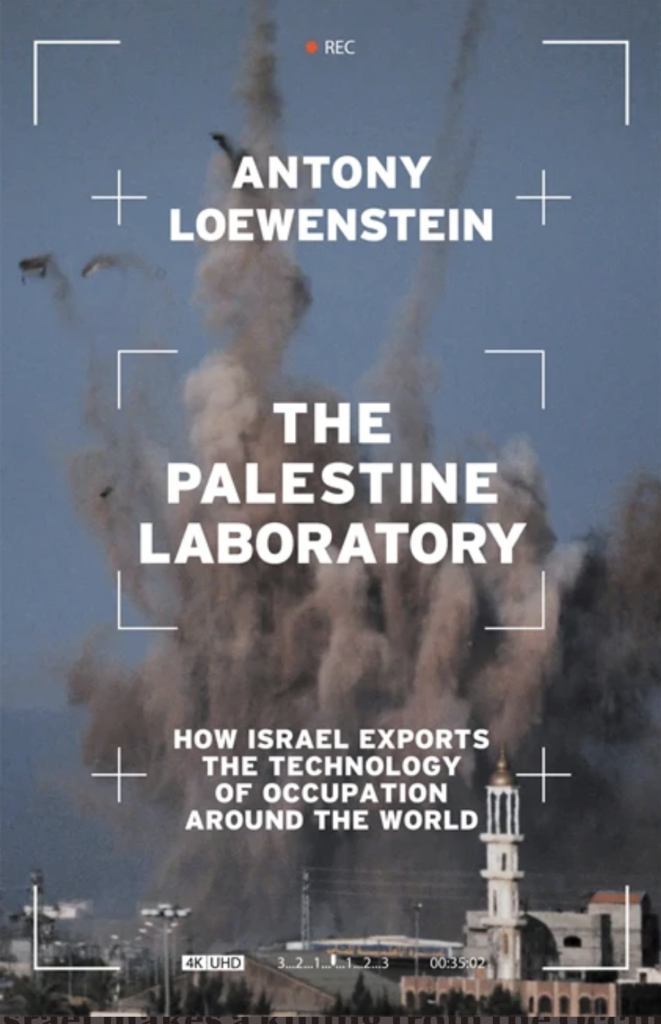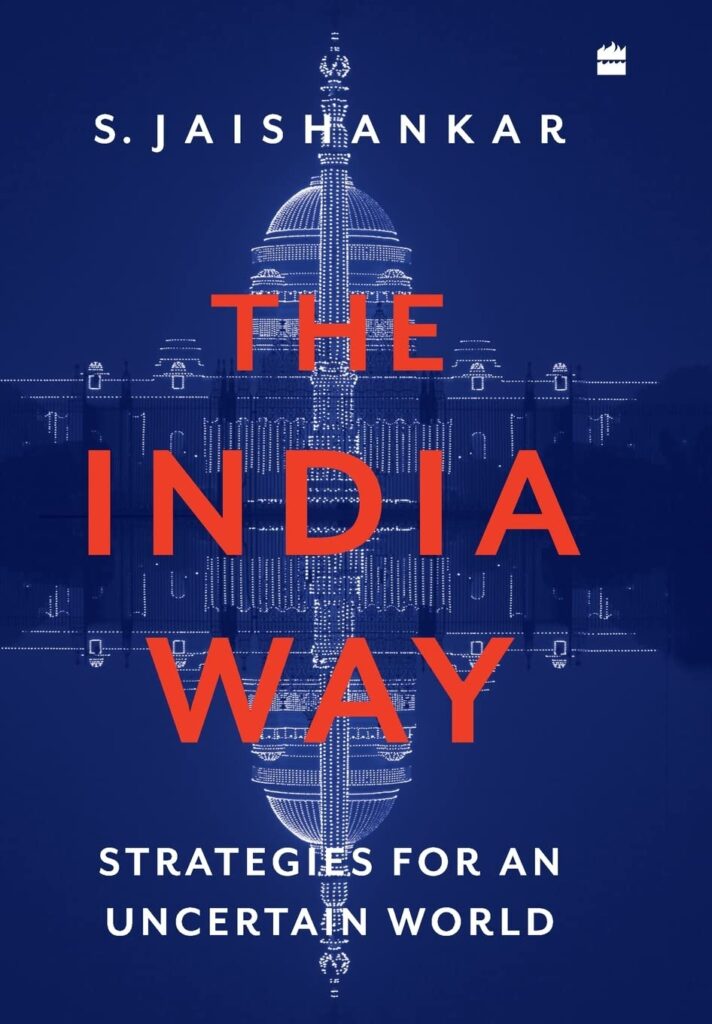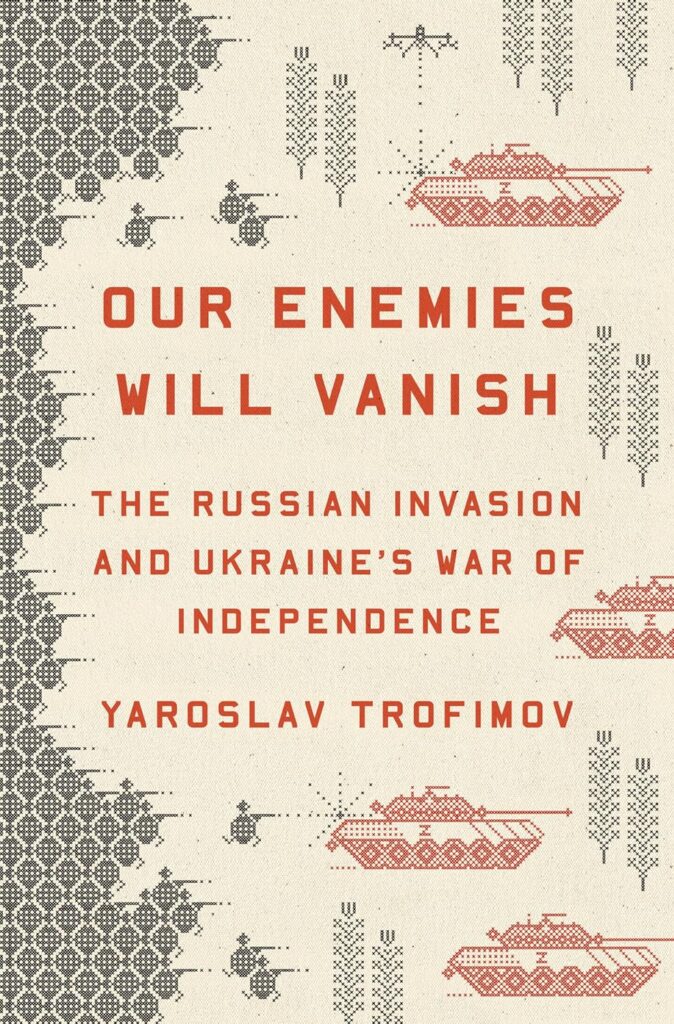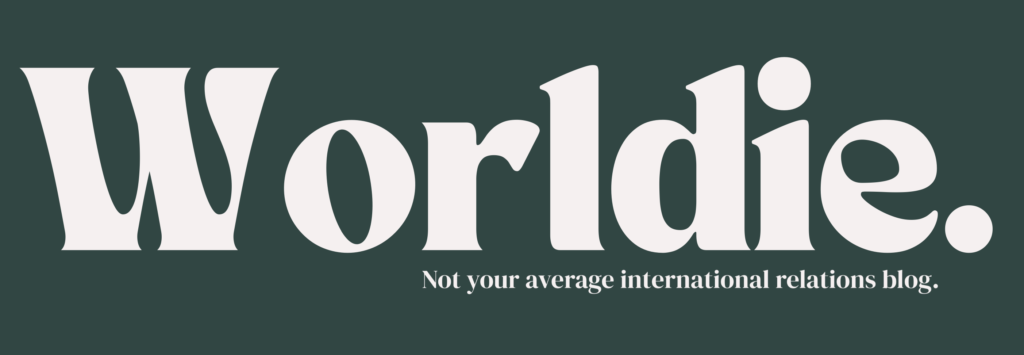The Soviet Invasion, Funding the Foe & Afghanistan’s Descent into Chaos
Part Four of the Six-Part ‘Afghanistan’ Blog Series
A Real Quick Rundown
✪ On the 23rd December the mission to take control of Afghanistan began with Soviet cargo planes landing at Kabul airport unloading troops, tanks and armoured personnel carriers.
✪ Four days later, president Amin was poisoned by the Soviets and replaced by Babrak Karmal however, the levels of support were no where near what he claimed to have had.
✪ Afghanistan broke into war, there were mass desertions from the national army and millions of Afghans chose to flee rather than live under foreign occupation and a communist regime. The Mujahidin rose and began fighting against the Soviets.
✪ America decided to make the soviet invasion as costly as possible for the USSR and agreed that all CIA funding, weaponry and military training would be channelled through the Pakistan Inter-Service Intelligence (ISI).
✪ In four years, the Mujahidin received $630 million in funding from the USA. Pakistan’s ISI was giving the money to groups extremist groups, including former members of the Niyazi circle who promoted anti-American and anti-western views.
✪ The soviet-Afghan war went on for 10 years. Leader of security agency KHAD, Muhammad Najibullah replaced Babrak Karmal as President. The Mujahidin succeeded in tying down the Soviets and from 1988-89 Soviet forces began withdrawing from Afghanistan.
✪ President Najibullah couldn’t compete against growing aggression and factional infighting of the Mujahidin. In 1992, a power-sharing agreement (Peshawar Accords) was signed turning Afghanistan into an Islamic state under Rabanni.
✪ Rabanni implemented an extremely strict programme of islamisation in Afghanistan. However, Mujahidin fighting increased which saw firing rockets, mortars, artillery rounds and tank shells indiscriminately into residential areas. Thousands of civilians died and swaths of southern Kabul were laid waste.
✪ Meanwhile, in Pakistan a group of hardcore Afghan veterans who fought Jihad against the Soviet occupation, were dismayed at the lawlessness of Mujahidin who they believed had failed not only Afghanistan but the religion of Islam. This group was called the Taliban.
The 1979 Soviet Invasion
Ok, quick refresher from last week’s blog. The People’s Democratic Party of Afghanistan (PDPA) are now in government after murdering former President, Mohammed Daud (Ma Dude). The communist PDPA are doing a fantastic job in government. I mean if the job is pissing off the whole of Afghanistan, murdering and torturing thousands and forcing them to flee the country and join the Islamist rebellion movement, AKA the Mujahidin, then yeah, they’re doing really well.
At this point, the Mujahidin had over 40,000 armed recruits fighting for the freedom of Afghanistan against the Soviets and 70% of the country was out of central government control. It was concluded that without direct Soviet military intervention an Islamist takeover of Afghanistan would occur within a matter of months.
Bit of context for you, the prospect of another militant islamic government on the USSR’s southern border was a big fat no-no for Moscow. In April that year, Iran had undergone an Islamic revolution which resulted in the country becoming a Shi’a Republic and the Shah of Iran (the leader) getting yeeted out of the country.
Why is this a no-no you ask? Communism = Atheism which tends to generate a militant type of Islam = Religious AF. Add these bad boys together and you’ve got yourself a c l a s h.
Back in Afghanistan, Amin who’s now in power after murdering his former PDPA pal and former-President, Taraki, has just asked the Soviet Union to step in and help as the Mujahidin situation is getting pretty serious. The Soviet Union, who was already pissed off at Amin for murdering Taraki and undermining the PDPA’s wafer-thin support base, was now even more pissed off because the situation had gotten so bad in Afghanistan that direct military intervention was the only option to stabilise the government and keep the communists in power. Amin had no idea that his seemingly innocent request for help was going to be used and abused by the USSR as they were secretly planning on invading Afghanistan.
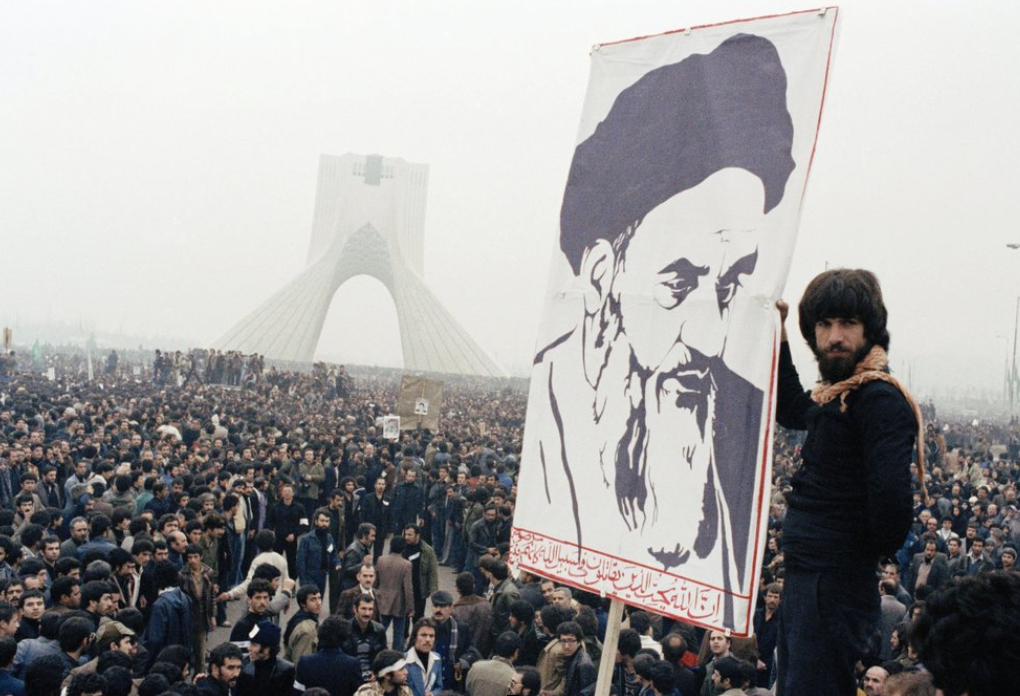 Iranian protesters demonstrate against Shah Mohammad Reza Pahlavi in Tehran, Iran in 1979. Forty years ago, Iran’s ruling shah left his nation for the last time and an Islamic Revolution overthrew the remains of his government.
Iranian protesters demonstrate against Shah Mohammad Reza Pahlavi in Tehran, Iran in 1979. Forty years ago, Iran’s ruling shah left his nation for the last time and an Islamic Revolution overthrew the remains of his government.
Moscow told President Amin that the military build up arriving in Afghanistan was his request for military support against the Mujahidin when in actuality it was there to take control of the entire country.
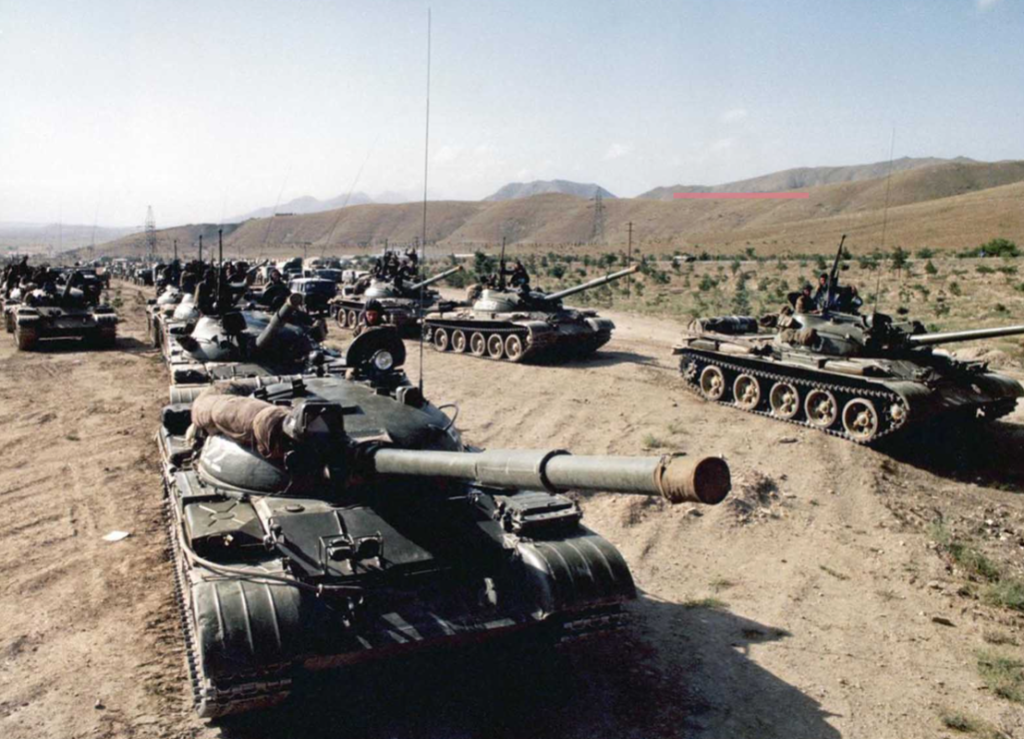 Soviet troops on the move towards Kabul, Afghanistan.
Soviet troops on the move towards Kabul, Afghanistan.
On the 23rd December the mission to take control of Afghanistan had begun and on Christmas morning fleets of Soviet cargo planes began to land at Kabul airport, where they unloaded troops, tanks and armoured personnel carriers. The Soviet intervention caught the world off guard, since very few Western observers believed the USSR would actually be stupid enough to invade Afghanistan. Initially, the USSR tried to dismiss claims that it was an invasion, instead, they justified it as ‘a small police action designed to restore order to a country that appealed for our assistance . . . under the provisions of our friendship treaty’. Hmm.
Two days later on the 27th, President Amin was poisoned by the soviets (pretends to be shocked). The following day Babrak Karmal (remember him?!) was flown to Kabul where he was installed as president (because that doesn’t look suspicious, could have at least waited until the new year FFS).
Despite Babrak’s claims to the USSR that he had widespread support back in Afghanistan and that installing him as President would be a fantastic idea solving the Mujahidin problem and making everything 10/10 again… it soon proved to be a steaming pile of horse sh*t, as he had no where near the level of support he had claimed so all it did was cause a full scale civil war.
A KGB agent had infiltrated Amin’s staff as a cook and poisoned the president and his ministers during lunch at the Tajbeg presidential palace in Kabul.
Brezhnev’s inner circle had massively underestimated the negative reputational impact the Soviet Union’s intervention would have on its international relations, not just with the USA and the West but also in the Middle East, Africa and Asia. Many developing countries accused the USSR of being a big fat hypocrite, as it was now acting as imperialistically as the West once had.
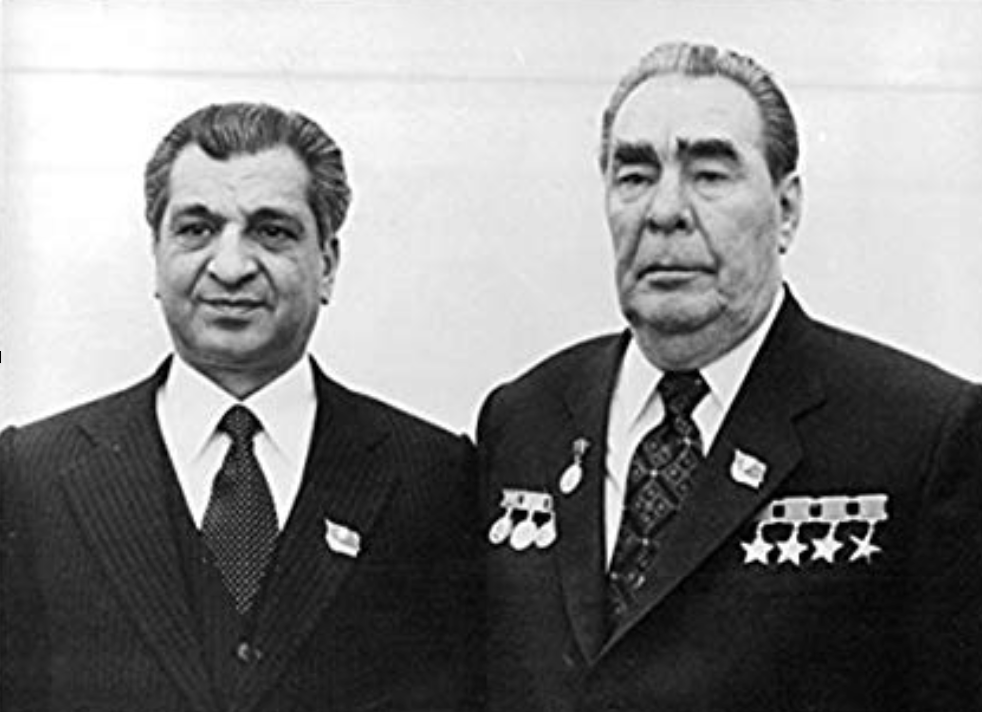 Recently installed Afghan President Babrak Karmal and Soviet leader Leonid Brezhnev.
Recently installed Afghan President Babrak Karmal and Soviet leader Leonid Brezhnev.
The intervention led to mass desertions from the national army and millions of Afghans chose to flee the country rather than live under foreign occupation and a communist regime.
The Soviet Union found itself condemned to fight an un-winnable war on behalf of a government that was unsustainable.
This picture from the early 1980s in Kabul shows Afghan leader Babrak Karmal and his Soviet patron Mikhail Gorbachev. The sign in red reads: ‘Strong be the unshakable Afghan-Soviet friendship.’
The USA, European and Arab countries refused to recognise the government of Babrak Karmal and subsequently withdrew their expatriate workers and cut off funding for development programmes.
As a result, the USSR had to bear not only the escalating costs of its military campaign, but the burden of propping up an economy in free-fall. At the height of the conflict between 15 and 20 per cent of the USSR’s Gross National Product was consumed by the Afghanistan intervention. Oh and to top it all off, the USA and many Western nations decided to boycott the 1980 Moscow Olympics (meow x).
Funding the foe.
On Boxing Day 1979, while Soviet troops were still pouring into Afghanistan, President Carter held an emergency meeting of Pentagon, Central Intelligence Agency (CIA) and State Department officials and agreed, in principle, to fund and arm the Afghan resistance. You can watch his television speech where he addresses nation about the invasion here.
For America, protecting Afghanistan was vital to preventing a possible Soviet invasion of Pakistan, who was America’s only mate in the region following the fall of the Shah of Iran. Such a scenario would mean not just the break-up of Pakistan but it would also threaten America’s oil supplies through the Persian Gulf.
It was concluded that the main objective was ‘to make the operation as costly as possible for the Soviets’.
It was agreed that all CIA funding, weaponry and military training would be channelled through the Pakistan Inter-Service Intelligence (ISI), which was Pakistan’s equivalent to the CIA.
As far as the CIA was concerned, once the arms and cash were in the hands of ISI operators, they were no longer responsible, legally or morally, for the use to which they were put. In this way, the CIA was able to distance itself from any actions that violated US law, as a result of the funding. This was also the same for all the other countries that joined the military campaign later on (Egypt, Saudi Arabia, Britain and France).
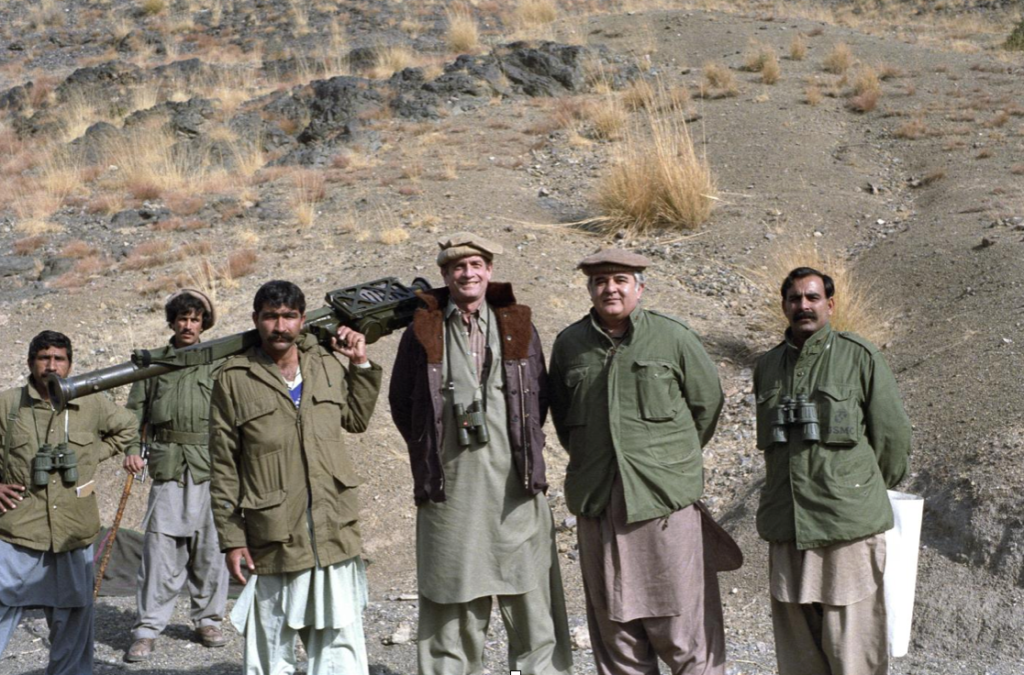 Photograph of Congressman Charles Wilson and a group of Afghan mujahideen during the Soviet war in Afghanistan. February 25, 1987.
Photograph of Congressman Charles Wilson and a group of Afghan mujahideen during the Soviet war in Afghanistan. February 25, 1987.
The ISI then (ab)used its position of power to give these weapons and cash to the Mujahidin groups who were most sympathetic to Pakistan’s own national interests (cheeky). The USA also rearmed the Pakistan military and when Muhammad Zia-ul-Haq (leader of Pakistan) cancelled elections, banned political parties and Islamised Pakistan’s Constitution, the USA and NATO countries pretty much turned a blind eye (cough convenient, cough cough).
The ISI’s preferred allies were all former members of Niyazi’s Muslim Brotherhood network. Remember them from the Afghanistan Part 2 blog? I’ll remind you, they were the one’s that were responsible for the violent protests in the 60s and 70s, oh and THROWING ACID IN WOMEN’S FACES!
The bulk of the CIA arms and cash went to Gulbudin Hikmatyar’s militia (if you remember, Hikmatyar was one of the islamists that managed to escape Ma Dude’s government purge back in 1973!). The CIA were convinced Hikmatyar and his men were the most effective when it came to killing Russians.
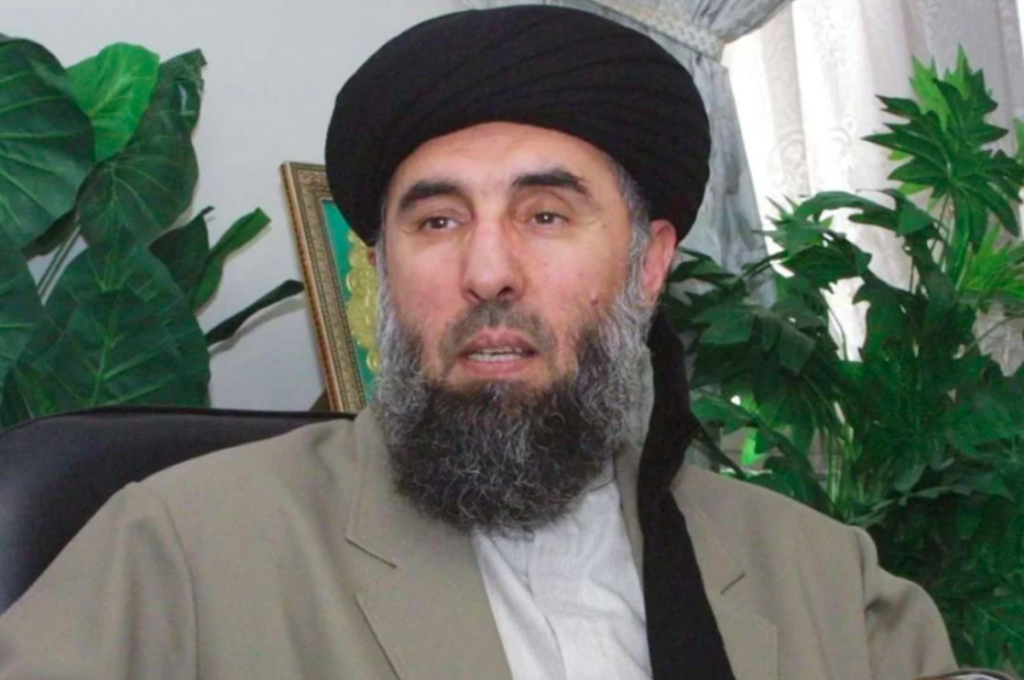 Gulbuddin Hekmatyar was a CIA ally against the Soviet Union, a friend of Osama bin Laden and a ruthless insurgent leader whose forces killed thousands of civilians during Afghanistan’s civil war.
Gulbuddin Hekmatyar was a CIA ally against the Soviet Union, a friend of Osama bin Laden and a ruthless insurgent leader whose forces killed thousands of civilians during Afghanistan’s civil war.
Ironically, Hikmatyar would later be listed by the US State Department as a global terrorist (lol). However, during the decade of Soviet occupation he received in excess of $600 million in cash and arms and even became pals with UK Prime Minister Margaret Thatcher and US President Ronald Reagan who BOTH publicly declared that Hikmatyar and the Mujahidin were the ‘moral equivalent’ of America’s founding fathers (my head is in my hands at this point).
Mujahidin commander, Abdul Haq was welcomed to Britain by Thatcher in 1986. Haq had ordered a bombing in Kabul which killed 28 people, most of them students. Thatcher also invited Gulbuddin Hekmatyar to London the same year and hailed him a “freedom fighter”. Hekmatyar gained status after throwing acid in a woman’s face.
It is also important to note that during this period a man came over to Afghanistan to provide humanitarian relief to Afghan refugees and support to the anti-soviet fighters.
He was from Saudi Arabia and as the war progressed he gradually became more engaged, initially as a fund-raiser and then as a supporter of Jihad. In 1988, he went on to form an organisation called al-Qaeda to continue the holy war against the USSR and the USA. HIS NAME WAS F*CKING OSAMA BIN LADEN.
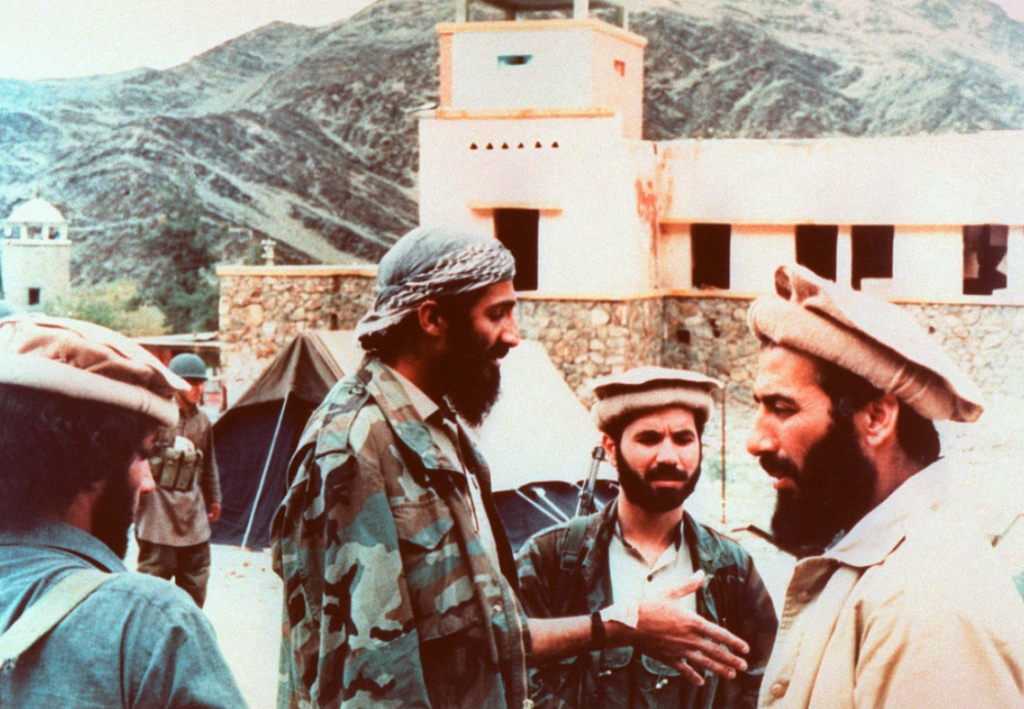 FREEDOM FIGHTER Osama bin Laden in 1989 with anti-Soviet fighters in Afghanistan as he was building his terrorism network, with American help.
FREEDOM FIGHTER Osama bin Laden in 1989 with anti-Soviet fighters in Afghanistan as he was building his terrorism network, with American help.
Funding for the Mujahidin literally exploded. President Carter initially approved a meagre $20 million for the resistance, but after Ronald Reagan became President in 1981, the aid increased year on year and by 1983 the CIA’s budget had risen to $325 million. Shockingly, in 1987 this figure had almost doubled to $630 million.
To put that figure into perspective for you folks at home, from 1946 to 1979 the USA spent a total of $532 million on development aid in Afghanistan. This means America had given more money to the Mujahidin in FOUR years ($630 million) than it had to Afghanistan in the past THIRTY-THREE years (Cold War priorities though, amirighhhhhhtt?).
For the Mujahidin, the jihad was not merely a matter of killing Russians, as the CIA had planned, it was about instilling their version of jihad and Islam into the hearts and minds of the Afghan population, particularly the younger generation. Ironically then, the CIA and other Western nations were funding a movement which not only promoted a political ideology that directly criticised their values and way of life but called for a holy war against them too! (awkward or what).
So while the Mujahidin was scrapping with the Russians with American-supplied weapons and dollars, radical Islamists were actively promoting anti-American and anti-Western views through schools and mosques established in refugee camps and controlled territory.
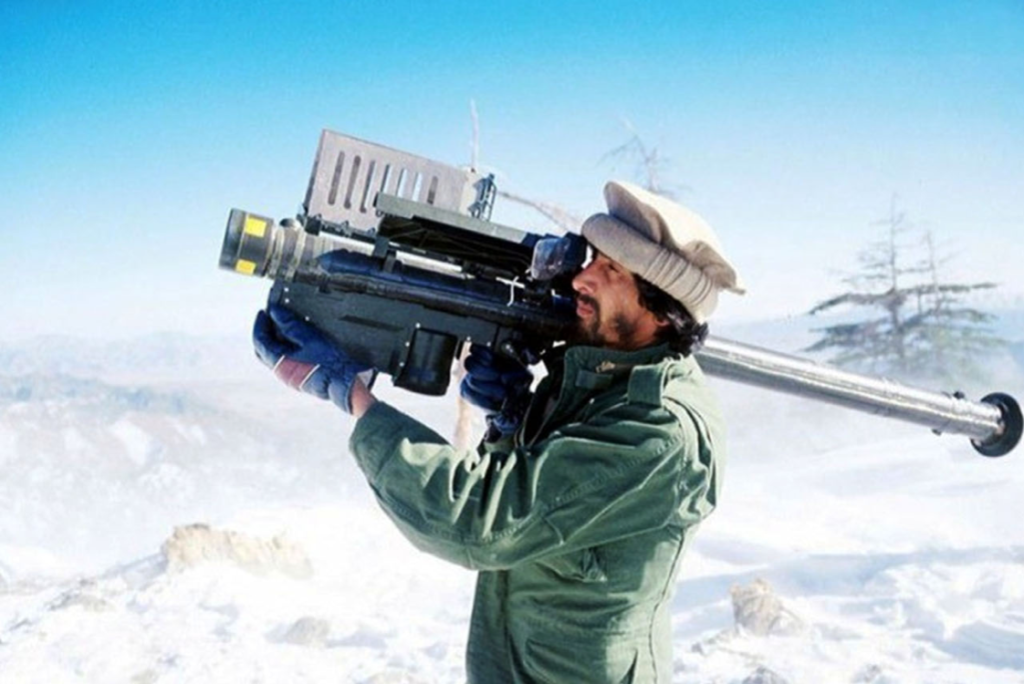 A Mujahideen fighter aims an FIM-92 Stinger missile at passing aircraft, Afghanistan, 1988
A Mujahideen fighter aims an FIM-92 Stinger missile at passing aircraft, Afghanistan, 1988
Anyway, the war between the Mujahidin and the Soviet-backed government in Kabul dragged on for a decade. Have a look through these pictures to get a feel for what was going on at that time.
As the war in Afghanistan ground on with no prospect of ending, changes in Soviet leadership caused multiple arguments over how to deal with the intervention. Leonid Brezhnev died three years after the invasion and his successors Yuri Andropov, one of the main advocates of the intervention, and Konstantin Chernenko died soon after.
In March 1985, Mikhail Gorbachev became General Secretary of the Communist Party. His main priority was to staunch what he called the ‘bleeding wound’ and find a way to either win the war in Afghanistan or withdraw with the Soviet Union’s honour more or less intact.
Gorbachev gave the Soviet military eighteen months to win the war in Afghanistan, and at the same time attempted to negotiate with the USA for some form of withdrawal agreement.
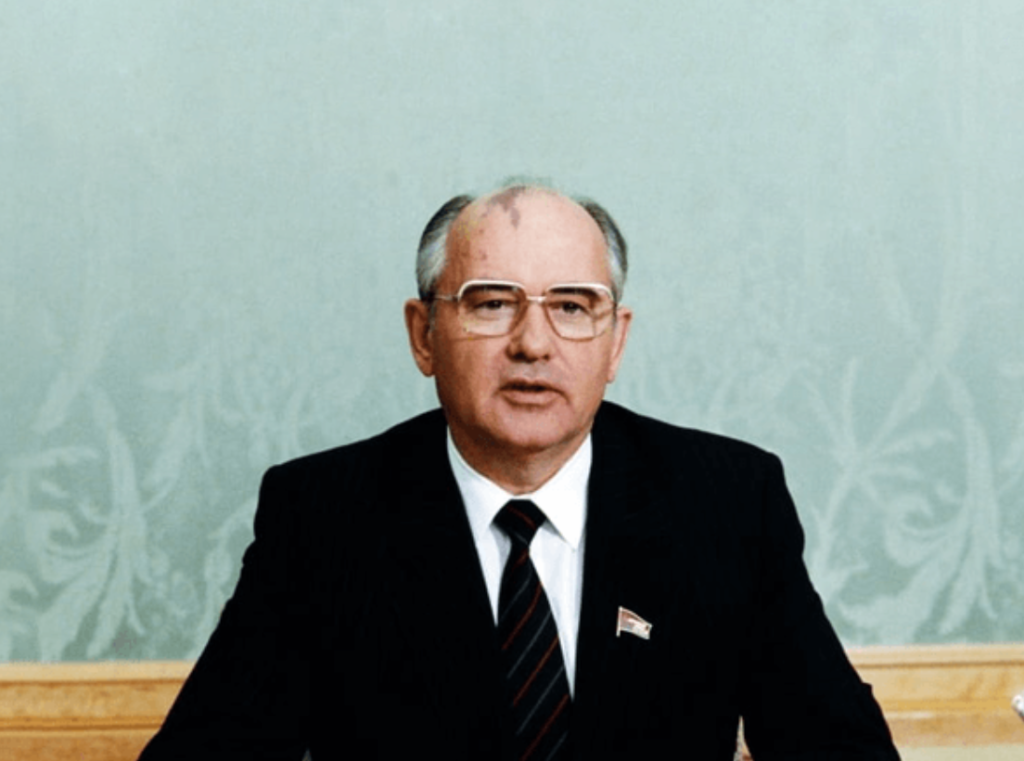 The eighth and final leader of the Soviet Union, Mikhail Gorbachev who will go down in history for his role in ending the Cold War with Ronald Reagan, former President of the United States.
The eighth and final leader of the Soviet Union, Mikhail Gorbachev who will go down in history for his role in ending the Cold War with Ronald Reagan, former President of the United States.
In an attempt to make the Afghan government more popular with Afghan locals, President Babrak Karmal was ‘persuaded’ by Soviet officials to resign in November 1986. He was replaced by Muhammad Najibullah.
A bit of background on Najibullah — he was a member of Babrak Karmal’s communist party, Parcham. During Babrak’s presidency, Najibullah was head of KHAD (Afghan equivalent of the Russian KGB, basically the government security agency) which was known for being efficient yet, extremely violent and brutal.
During his tenure as leader of KHAD, thousands were arrested, tortured and executed with Najibullah personally participating in the torture of anti-communist, high profile and educated afghan citizens.
wo months after Najibullah became president, Gorbachev accepted that a military victory in Afghanistan was impossible and ordered the planning of an orderly withdrawal. Diego Cordovez, the UN Special Envoy to Afghanistan, began a series of talks in an attempt to smooth the way for the Soviet departure.
Despite the odds being heavily stacked against them, the Mujahidin had kicked ass and succeeded in tying down the Soviet army and while foreign money and weapons made this possible, it was the courage and tenacity of ordinary Afghans that eventually forced the Soviet leadership to accept the war was un-winnable.
The final and complete withdrawal of Soviet combatant forces from Afghanistan began on the 15th of May 1988 and ended on 15th February 1989 .
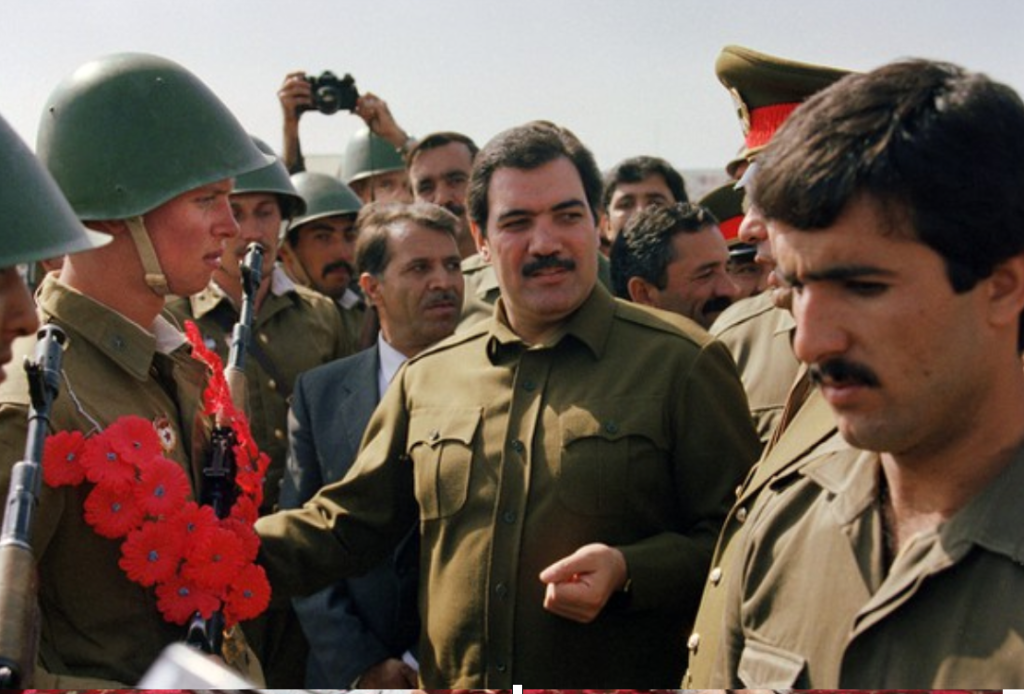 Former leader of KHAD and Afghanistan president Mohammed Najibullah (center) smiles as he meets Red Army soldiers on October 19, 1986, in downtown Kabul during a parade.
Former leader of KHAD and Afghanistan president Mohammed Najibullah (center) smiles as he meets Red Army soldiers on October 19, 1986, in downtown Kabul during a parade.
It’s very important to note that all of the ordinary Afghan’s who had joined the Mujahidin to fight the soviets were now returning to their normal day-to-day lives. They did not feel the need to continue fighting as for they had done what they had originally set out to achieve, to rid Afghanistan of its foreign invader.
The remaining Mujahidin movements which carried on fighting even after the Soviet’s left were the overly religious ones who weren’t going to stop until they sat in government and had islamised the shit out of Afghanistan.
After months of negotiations, on the 14th of April 1988, the governments of Pakistan and Afghanistan signed the Geneva Accords. The Accords set out a phased withdrawal of Soviet forces, the return of Afghan refugees from Pakistan back to Afghanistan and principles of non-interference in each other’s internal affairs.
Both the USA and the USSR welcomed the Accords, however, the Mujahidin groups unanimously rejected them. They were angry because the Geneva Accords basically legitimised the government of President Najibullah (ex PDPA member and commie) and had not included the Mujahidin in any sort of power-sharing agreement.
After all, it was the Mujihidin who fought against the Soviet’s and got them out of the country, so why were they not getting any say in how Afghanistan should be run?
Afghanistan’s Descent into Chaos
Remarkably, President Najibibullah managed to cling on to power for more than three years after the Soviet withdrawal in February 1989, as the last Soviet troops crossed the Amu Darya.
During his presidency he encouraged the formation of regional militias, guaranteeing the commanders freedom to rule the areas however they wanted in exchange for not fighting against the government.
The most effective of these militias was commanded by an Uzbek called Abd al-Rashid Dostam. Dostam forged an alliance with other militia leaders (Mas’ud, Mansur, Wahdat and Isma’il Khan) and called it the National Islamic Front of Afghanistan.
During the Soviet–Afghan War in the 1980s, Dostum was part of the Afghan National Army and the regional commander of the country’s north, commanding about 20,000 mostly Uzbek soldiers participating in battles against mujahideen rebels. In 1992, he deserted the Mohammad Najibullah government shortly before its collapse, joining the mujahideen,
The formation of the National Front of Afghanistan caused President Najibullah to not only lose control of the northern provinces, but the Afghan army was now outnumbered and outgunned by Dostam’s forces. The Alliance had tanks, artillery and several military planes and helicopters under their command, in other words, Kabul was now at the mercy of Mas‘ud and Dostam.
Mas‘ud, however, refused to occupy Kabul or become head of state, for he realised that to do so would mean civil war. Instead, he urged the Mujahidin parties to set up a transitional, power-sharing agreement.
Hekmatyar was one of those who refused to accept or participate in the interim government process as it involved ‘too many foreign international powers’ (UK, USA and France) which he argued did not have Afghanistan’s best interests at heart. Because of this, Hekmatyar became embroiled in the Afghan civil war in the hope of capturing Kabul before Mas’ud’s Northern Alliance.
Hekmatyar launched a devastating rocket attack on the capital, which led to the deaths of some 2,000 civilians and caused widespread destruction, earning himself the nickname the ‘Butcher of Kabul’.
The outcome of the transitional power-sharing agreement was the Peshawar Accords which were signed on the 24th April 1992. President Najibullah agreed to a deal under the terms of which he would resign, leave the country and surrender power to the Afghan Interim Government.
Basically an old bloke called Sibghat Allah Mujadidi was going to oversee the transition of power for the first two months and then another bloke called Burhanuddin Rabbani would take over.
However, the agreement did not represent the views of all the Mujahidin factions – causing deep ideological disagreement from within.
When Rabanni came to power, he inaugurated a programme of Islamisation and Afghanistan became the Islamic State of Afghanistan. Strict censorship was imposed, cinemas closed and the segregation of the sexes and veiling of women became compulsory. Overnight female presenters disappeared from TV and radio, and women teachers and civil servants were sacked.
Elsewhere in Afghanistan law and order completely broke down. Commanders ruled rural areas with little regard for central government, seizing revenues, imposing their own taxes and pretty much upholding their own laws, which routinely involved torturing and executing peeps whenever they felt like it.
There were frequent turf wars between Mujahidin warlords and travel within the urban centres as well as on the highways of southern Afghanistan was fraught with danger as armed militias set up unofficial checkpoints, searched vehicles for Communist collaborators and demanded tolls from motorists, taxis and bus and truck drivers.
Basically, the Peshawar Accords failed catastrophically and there became a power vacuum.
The factional fighting that took place from 1992 to 1994 left parts of Kabul looking like London after the Blitz. Between 20,000 and 30,000 civilians died and thousands more were injured. These battles saw multiple opposing factions firing rockets, mortars, artillery rounds and tank shells indiscriminately into residential areas. Thousands of civilians died and swaths of southern Kabul were laid waste.
The fighting was fuelled by ethnic and sectarian hatred and included atrocities such as mass executions, rape, torture, looting and indiscriminate bombardment of residential areas. In some instances prisoners were burnt alive; others were locked in shipping containers and left to suffocate. The Kabul Museum was hit by mortar fire, its upper storey burnt out and many of its priceless treasures were looted.
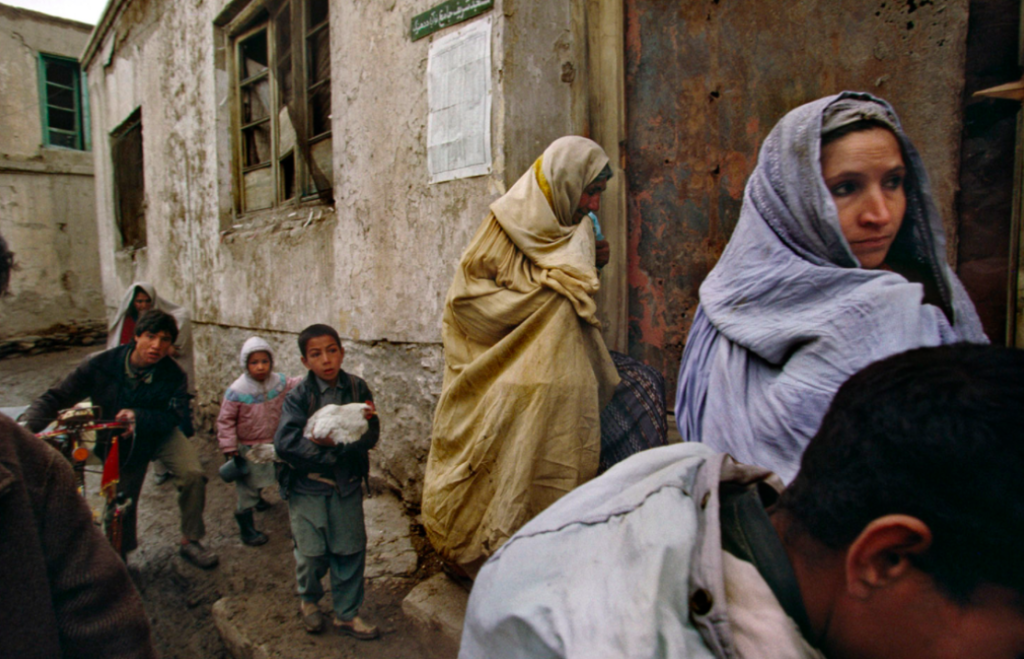 A family flees their home during factional fighting between President Rabbani government forces and regional militia groups. March 1993.
A family flees their home during factional fighting between President Rabbani government forces and regional militia groups. March 1993.
ALTOGETHER IT WAS JUST UTTER F*CKING CHAOS.
The international community was powerless in preventing Afghanistan’s descent into chaos and anarchy. Since the USSR had fully withdrawn from the country, the USA and Western nations didn’t give a shit about the fate of Afghanistan or its government.
By the summer of 1994 the chaos in Afghanistan finally convinced Pakistan’s Inter-Services Intelligence (ISI) that something had to be done. The search for potential allies led Pakistan’s ISI to a place in Pakistan called Quetta, where a small group of people from Kandahar and southwestern Afghanistan, dismayed at the lawlessness of their region, had formed to take action against the Mujahidin in defence of local populations.
All of these men were hardcore veterans of the jihad against the Soviet occupation, including their leader Mullah ‘Omar. This group, however, wanted to distance themselves as far away from the Mujahidin as possible, whom they believed had failed not only Afghanistan but the religion of Islam.
This group referred to themselves as… AS THE F*CKING TALIBAN.
